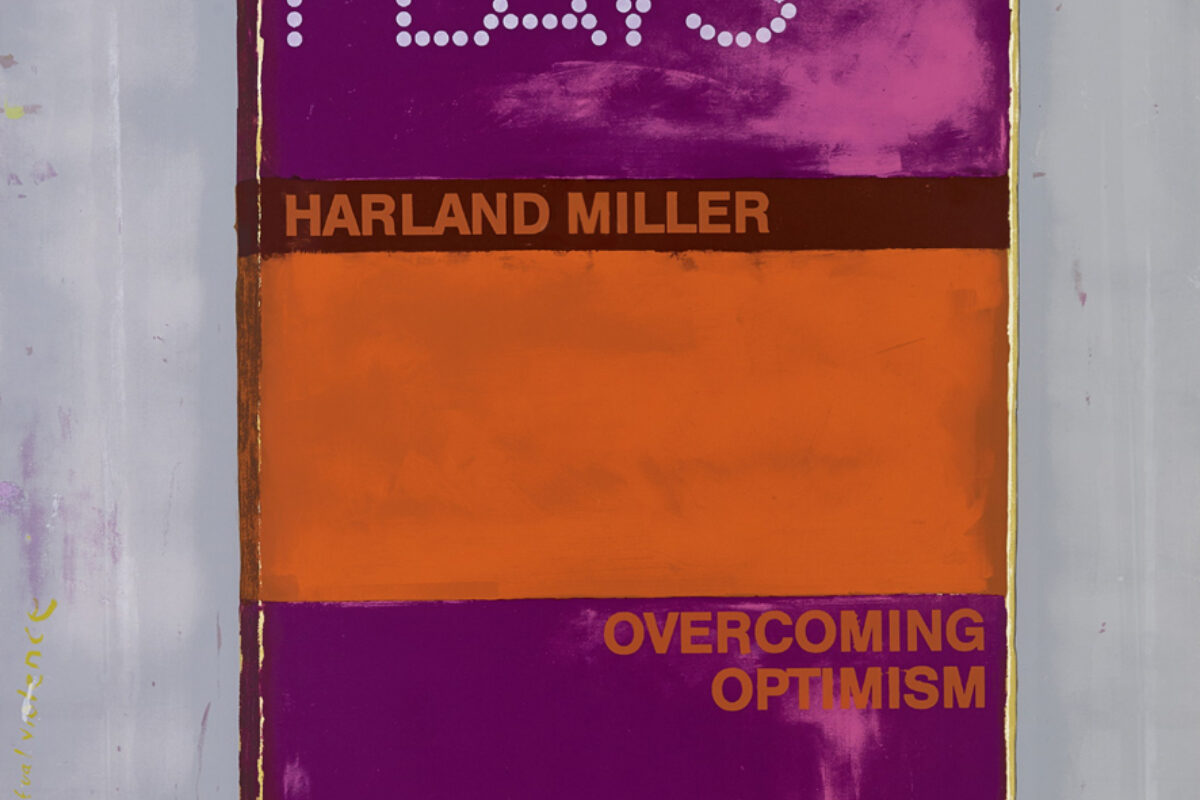"Tracey is a leader and where she leads, others follow."
Georgina Wimbush, director at White Cube
Georgina Wimbush, director at White Cube
Life is messy and we all make mistakes. But for the artist Tracey Emin, the confessional nature of her work means that she is continually judged on things both within and beyond her control. Much has changed since the 1990s, when she burst onto the scene with pieces referencing her rape, abortion and sexual partners, but time seems to have stood still for some of her critics, who continue to pass judgement to this day: in a 2020 conversation with Kenny Schachter for Brussels gallery Xavier Hufkens, Emin spoke of being considered "a long-mouth, screaming girl" in the 1990s – but she also went on to mention that her recent lockdown diary for White Cube had prompted such shocking comments from online trolls that she’d been tempted to abandon the project. Yet many women find sanctuary and solidarity in Emin’s work. By approaching taboo subjects with honesty, the artist dispels some of the stigma around issues often left undiscussed. And, by refusing to bow to critics, Emin shows she has nothing to apologise for – a position which empowers those with similar lived experiences.
I Promise to Love You by Tracey Emin, 2018.
Tracey Emin
The role of women in art has traditionally been as a muse or model – perhaps that’s why the art world seems to carry a Madonna/whore complex to this day, and why Emin has been previously cast as the latter. Though they were often the subjects of study in paintings, women were excluded from participating in fine art for centuries: after a long campaign, women students at the Royal Academy were finally allowed to draw ‘partially draped figures’ in 1893 but still left out of general life-drawing classes (fundamental, since human anatomy was at the very heart of art at the time).
Very few women artists have made an imprint on history and, until the 20th century, most of those had a family association with art (including the acclaimed Renaissance painter, Artemisia Gentileschi who was trained by her artist father). Instead, art was encouraged at an amateur level, as one of many ‘accomplishments’ rather than as a path to a career. Interestingly, Emin’s use of embroidery is still fodder for critics, who suggest that her methods make her a craftsperson rather than an artist – this despite the fact that she made history in 2011, when she became Professor of Drawing at the Royal Academy and one of only two women professors ever at the establishment.
This history of male dominance has shaped traditional ideas about what constitutes art. Persistent criticism from Emin’s male critics often centres on the idea that her subject matter is uninteresting to them. Yet the themes of plenty of other artists exclude huge swathes of the general population without attracting the same controversy (from the most impenetrable abstract canvases to the swathes of portraits of upper class people participating in upper class pursuits). By refusing to tone down her reference material and embrace more ‘acceptable’ themes, Emin has gone some way to levelling the playing field for women artists who follow.
I Promise To Love You, And then Again at 5am (Set of two) by Tracey Emin
simon kallas
Confessional art (of which Emin is the Queen) is more often made by women than men, and frequently includes life experiences peculiar to women. Emin’s Turner Prize-nominated installation piece, My Bed 1998, which featured Emin’s unmade bed complete with the detritus of her life (empty vodka bottles, used cigarette packets, discarded underwear) was deemed shocking by many commentators (The Daily Mail called it "an instant symbol of slobbish modern morals"). In fact, it’s melancholically banal: an unflinching portrayal of the messiness of her life and a reflection of many other women’s experiences of depression. The emotions she conjures up may be uncomfortable to some, but her works can also be seen as cathartic, because they face issues head on and challenge viewers to do the same.
When Jakob Zaaiman wrote of Emin in an article for Artzine, "The problem is not her choice of subject, or her confessional audacity: it’s her ongoing inability to connect with anything 'artistically interesting", he was speaking from a particularly male viewpoint. In fact, as Griselda Pollock puts it in her 2020 essay Liquid culture, the art of life and dancing with Tracey Emin, "Emin’s work... articulates the specificity of gender, age, and sexual vulnerability of young women that is overdetermined by class/race/age positioning. Emin herself inhabits a culturally othered space alongside those of class and gender. More importantly, she formulates an image for this social and psychological space and its positional vulnerabilities in a post-conceptual art practice."
Though the subject matter of Emin’s work has led many critics to pass judgement (writing in The London Magazine, Sue Hubbard said "there’s always been too much special pleading, too much ‘look at poor me"), many miss the hope and triumph in her pieces. In her 1995 film Why I Never Became A Dancer, words and flickering Super8 footage come together in a compelling narrative about an incident in which people she had slept with (as a child) called her a slut while she was performing at a dance competition. The work builds to a high-powered crescendo in which she names some of the abusers – and then begins dancing with a total lack of inhibition, in the ultimate two fingers to them all. The overall feeling of the piece is one of freedom, and a sense of escape, growth and self-acceptance provides an unlikely happy ending.
Could this refusal to be cowed explain why some critics find Emin’s narrative problematic? If Emin’s story (minus the success) was told anonymously in a paper, she would be portrayed as a helpless victim, with the men painted as abusers and oppressors. Is Emin’s creation of her own successful ending in part what her critics take issue with?
Until recently, art generally remained the domain of those that could afford to study it (a Fine Art degree remains to some extent a luxury, as it isn’t a tangible step on the career ladder). Entering the rarified world as a marginalised working class woman exposed all the snobbery that lay within. As Tracey Emin put it when discussing a critic who branded her as a phoney in a 2011 interview with The Independent: "I think it's a class problem. He doesn't understand that people with my accent can actually have an extremely high IQ."
Jonathan Jones, The Guardian
All of this criticism flies in the face of one undisputed fact: Emin is a fantastic painter. In her 2017 exhibition at the Provence estate of Château La Costes, emotional turmoil collided with her signature dream-like painting style in magical alchemy, punctuated by two enormous bronzes that referenced both the female form and the local mountains. Just like her early work, the effect was all-encompassing, but it was also a reflection on how far she’d come both as a person and an artist. Since then there have been a host of well-received painting shows, from 2019’s A Fortnight of Tears at White Cube to this year’s Munch/Emin RA showcase, The Loneliness of the Soul. Writing about the latter, The Guardian’s critic Jonathan Jones wrote "Emin’s Royal Academy show confirms her as a great modern painter, a raw and inspired abstract expressionist."
Despite all this, the graphic nature of her paintings has inspired yet more criticism. It’s strange that viewers would be more affronted by her nudes rather than the thousands painted by men: Emin’s body has become her own, and – just like any woman – she is free to do with it as she wishes.
Tracey Emin features in our exhibition, Game Changers. Click here, to find out more about Hang-Up’s available works by the artist.
8 Mar 2025

7 Mar 2025 | 2 min read

3 Mar 2025 | 2 min read

1 Mar 2025 | 2 min read

24 Feb 2025 | 2 min read

9 Jan 2025 | 3 min read

30 Dec 2024
23 Dec 2024 | 5 min read

10 May 2024
21 Aug 2025 | 2 min read

12 Aug 2025 | 2 min read

6 Aug 2025

14 Jul 2025 | 3 min read

10 Jul 2025 | 3 min read

8 Jul 2025 | 2 min read

2 Jul 2025

15 Jun 2025 | 2 min read

23 Apr 2025 | 3 min read



